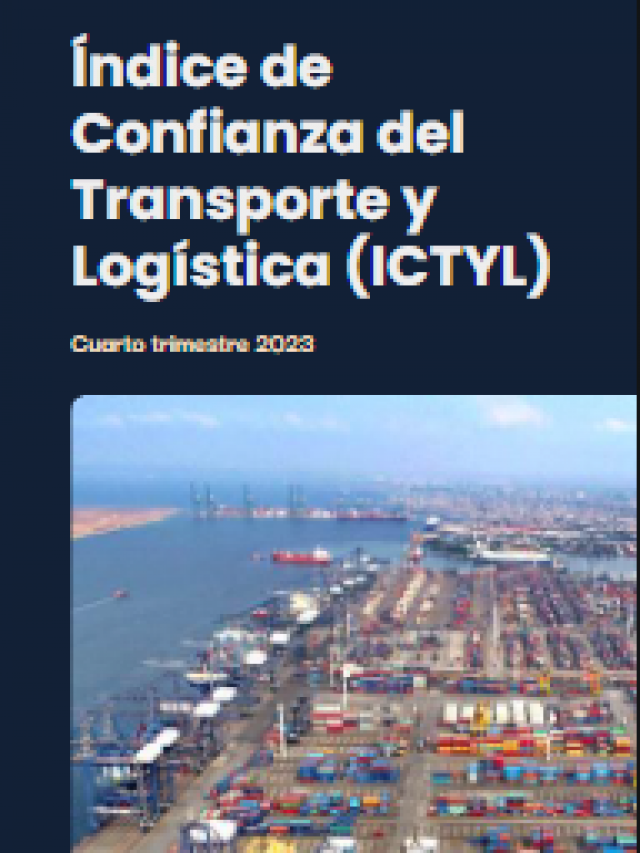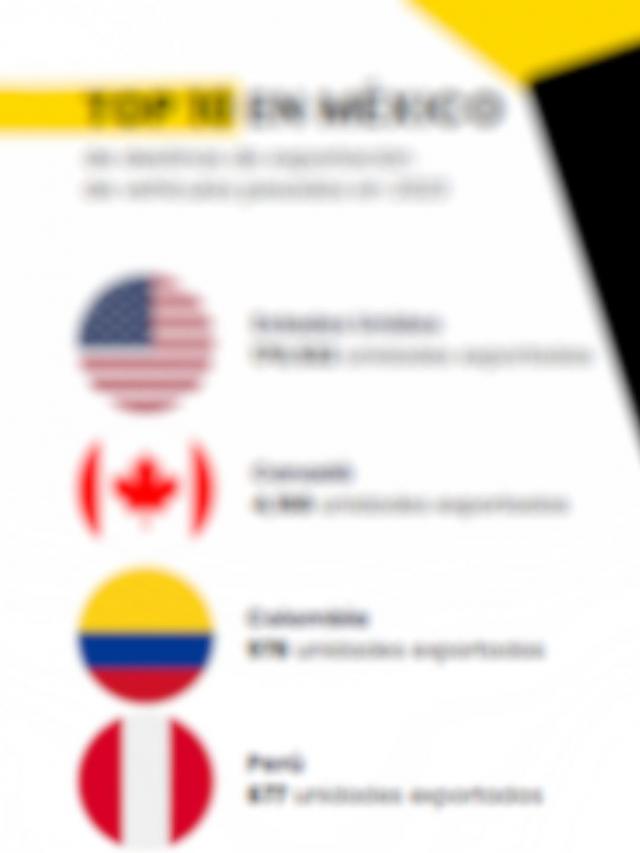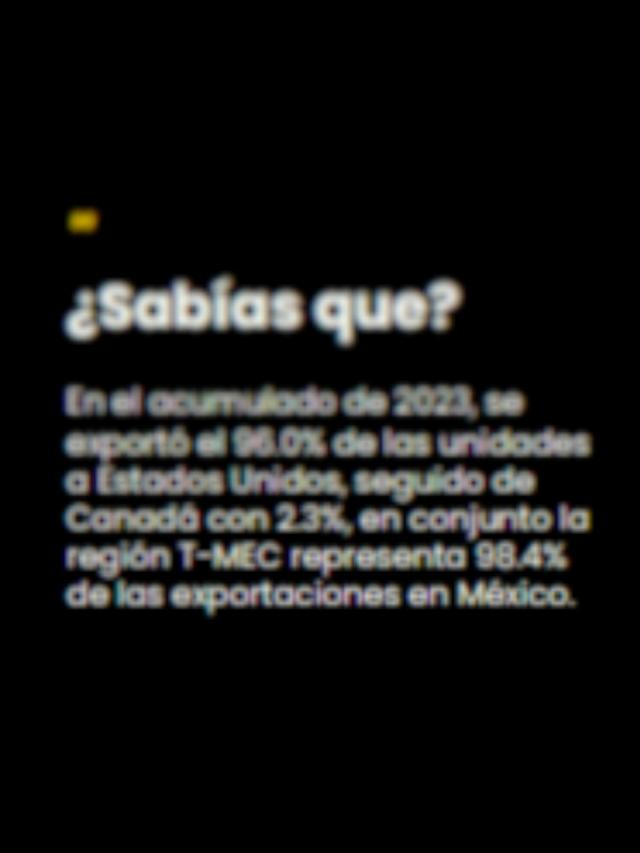
VERACRUZ, VER.- This historic Mexican port continues to grow its installed capacity. But its significant exposure to the world doesn’t exempt it from facing the challenges of this new chapter in the era of late globalization, where stricter tariff policies are becoming a key bargaining chip in trade negotiations.
At the close of the first quarter of this year, maritime trade showed a negative trend. The port of Veracruz handled a total of 7,155,820 tons of merchandise during the period, representing a 10.1% drop compared to the same period last year, according to data from the port authority. All types of cargo, except general cargo, experienced declines.
Despite this environment, companies like Grupo CICE have invested in the port of Veracruz. Last month, the company inaugurated its semi-specialized container and project cargo terminal in the North Bay, a 22-hectare facility that will allow it to combine operations with its shunting services in the South Bay and reduce vessel wait times from seven to just two days.
For shipping lines like ZIM , an Israeli company, this has become an opportunity due to the connections it has managed to develop with its services from the port of Veracruz. “We are increasingly growing in our various services, especially in exports. We have a service that touches Veracruz and goes to Brazil, we have a service that goes to the Mediterranean, and we also have a service that goes throughout Central America,” Nalina Sankar, general director of ZIM in Mexico, told T21.
The port of Veracruz has maritime connectivity that allows it to connect with 126 ports through 16 shipping lines, mainly to the east coast of the United States (42% share), Europe (31%), Central America and the Caribbean (3%) and South America (16%), according to data from the National Port System Administration (Asipona) Veracruz .














